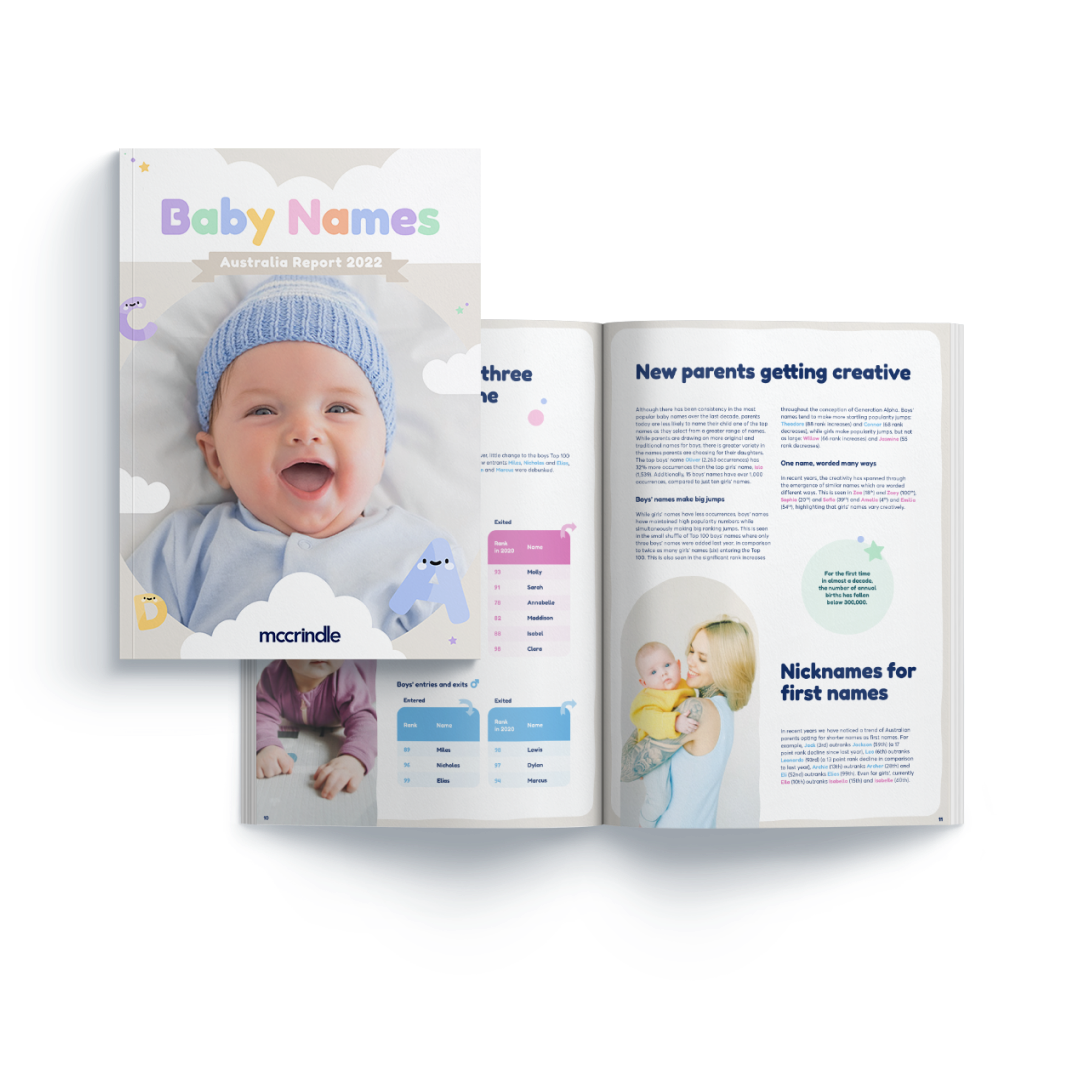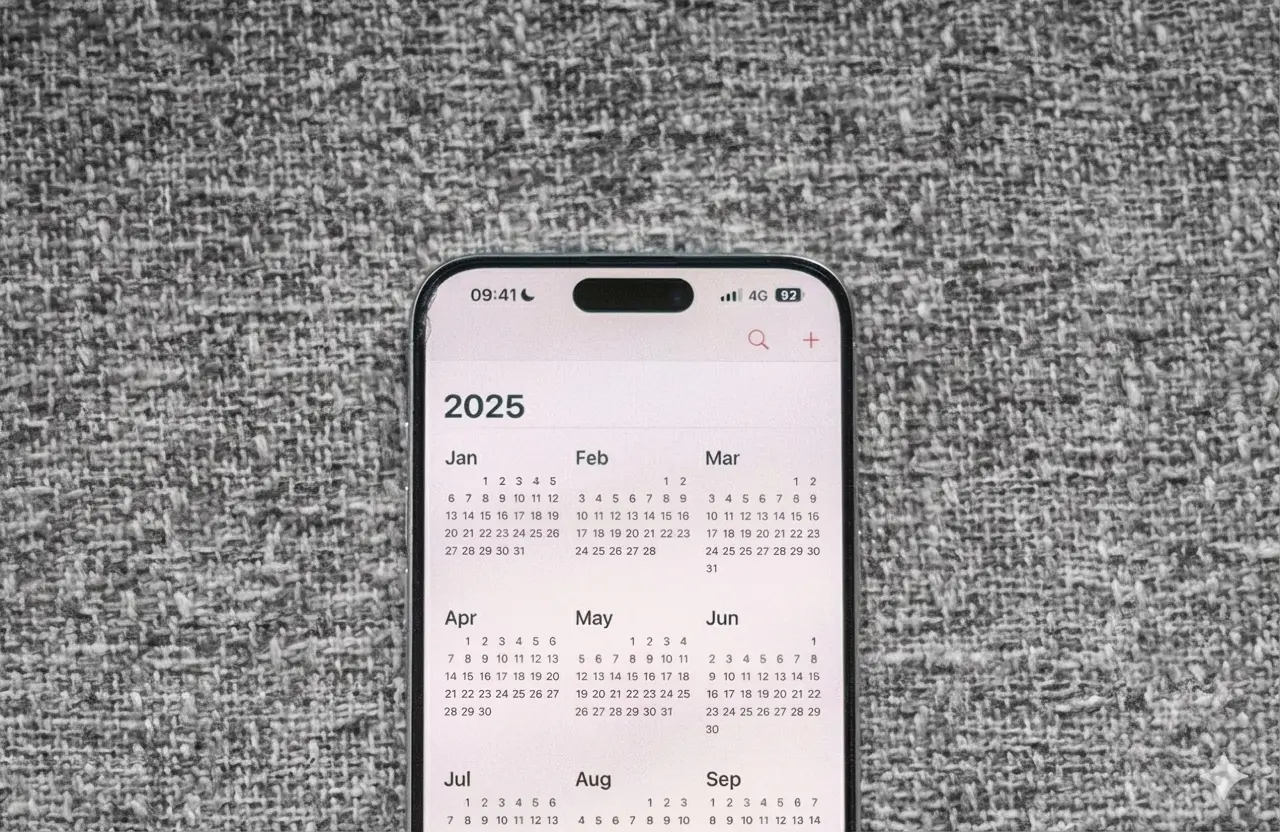The Baby Bonus Generation

The Baby Bonus was introduced in the year after Australia’s population hit its lowest birth rate ever recorded (1.7) in 2001, with the aim to increase fertility rates and offset the peak of Australia’s ageing population.
The 2002 Federal Budget, delivered by Treasurer Peter Costello introduced the baby bonus scheme, aimed to lighten the financial load for new parents. The Baby Bonus Scheme initially granted $2,500 in tax cuts per year for parents of newborns, an amount which was amended to lump-sum payments of $3,000 from 1 July 2004 and progressively rising to its current amount of $5,000 (now paid in 13 instalments).
Baby bonus stimulates birth rate
The baby bonus certainly had an influence on the birth rate, which increased significantly, hitting a peak of 2.0 in 2008. Births continued to grow, and 2011 saw Australian births exceed 300,000 (301,617), a record that is being broken year on year. In fact, we are amidst a bigger baby boom than even the original post-WWII baby boom incurred, which resulted in Australia’s largest-ever generation – the Baby Boomers.
The Baby Bonuses (the 3.1 million babies born since the introduction of the Baby Bonus Scheme in 2012) are Australia’s first generation paid simply for being born.
The Baby Bonus and the resulting surge in births over the last decade has eased the peak of the ageing population challenge and added to our population growth and the economic stimulus that has flowed from this.
Misconceptions on first-time mums
There are, however, some misconceptions about the baby bonus and the births that it facilitated.
When the 2002 Baby Bonus was first introduced, it was predicted by some that the incentive would encourage an increase in teenage, single and young mums. However, the ABS data shows that the fertility rate for mums aged between 16 and 19 has actually declined over the last decade. In fact, the fertility rate for teenagers has been declining for more than three decades now – for example, the fertility rate of sixteen year old women has decreased 55% since 1982.
The trend over the last decade has been increasing fertility rate amongst older women. Over the last decade, the fertility rate of women aged 35-39 has been greater than that of women in their early twenties. The fertility rate of a 32 year old woman is ten times greater than that of a 17 year old!
Baby bonus dissolution
On 1 March 2014, when the Baby Bonus Scheme is finally put to bed after more than 13 years and replaced changes to Family Tax Benefit Schedule A, it will have left a legacy in terms of the generation it created. The economic impact and productivity of the Baby Bonus Generation will shape this nation over the century ahead.
With just over 9 months to go until its dissolution, there’s still time for prospective parents to gain a benefit from the Baby Bonus Scheme. We may well see a final surge of births that end this legacy of Australia’s baby bonus and the Baby Bonus Generation.
For media commentary contact us on 02 8824 3422 or at [email protected]




